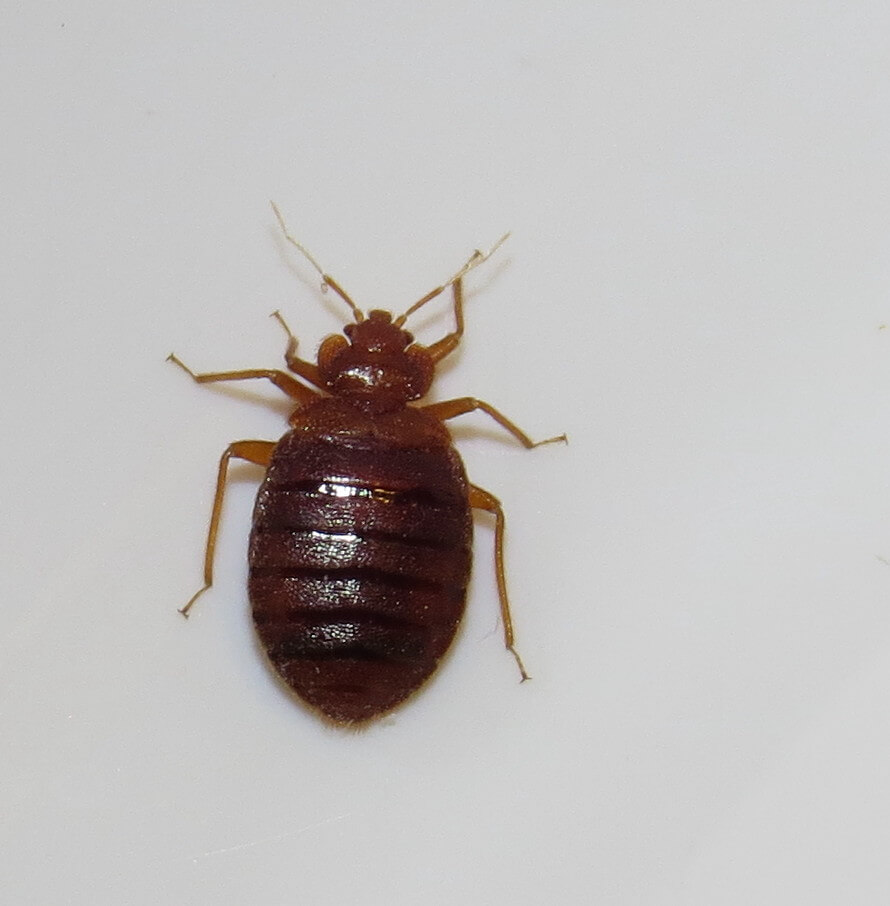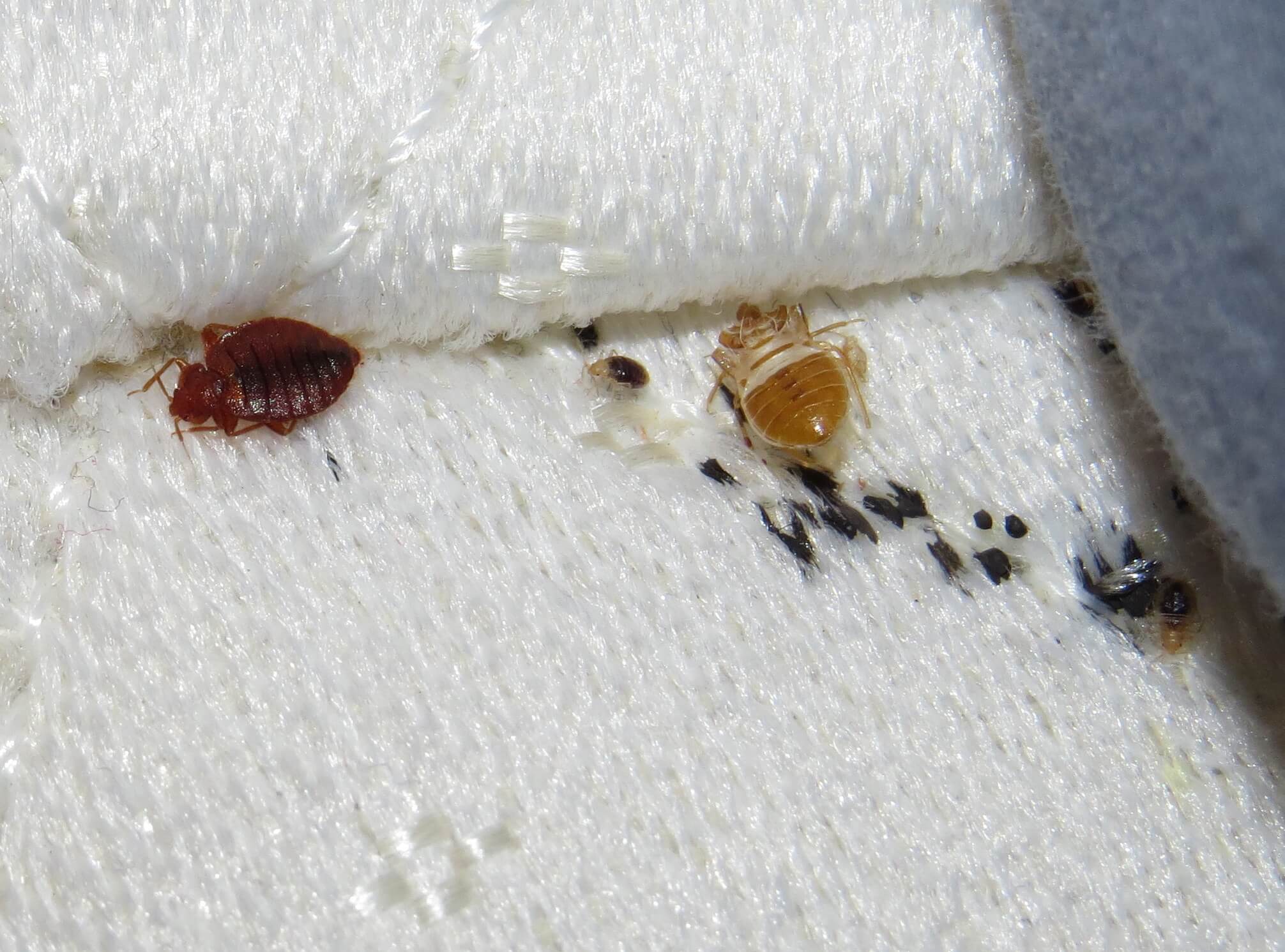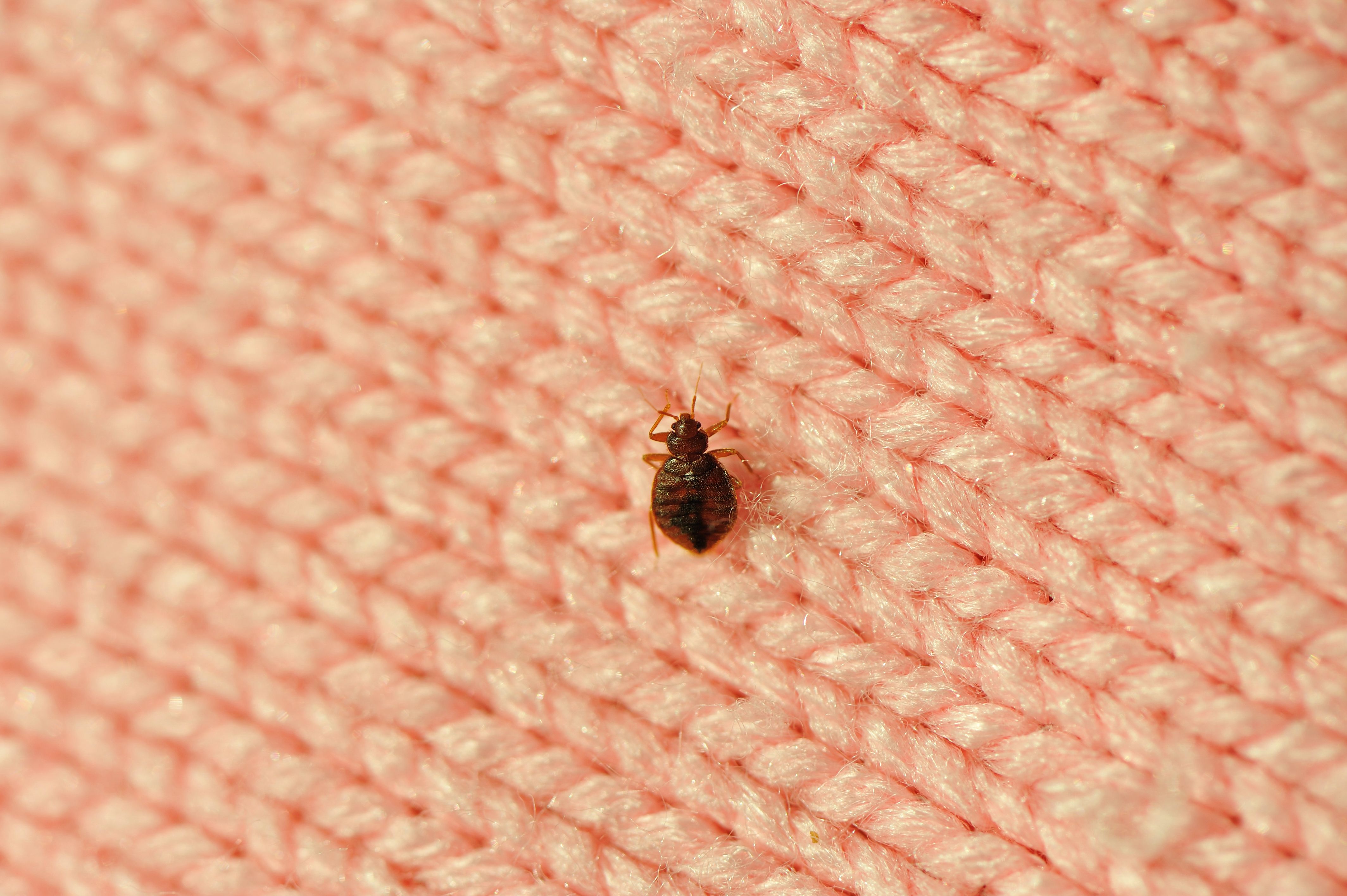Where Bed Bugs Hide In The Home?
Well, you’ve got bed bugs in your home and I remember how panicked my mother was when my family heard this news about eight years ago. Lucky for us they were isolated to my brothers’ room.
We were not quite sure where they came from, but they took his room by storm. I remember the bugs in every nook and cranny of his mattress and tucked into corners of his dresser drawers where his clothes were. It was a major hassle to throw away a lot of his clothes without spreading the bugs to the rest of the house. His room being right next to mine had me in a panic but luckily the pest control was able to fumigate his room and the problem was over within a week.
Bed bugs, also known as Cimex lectularius, are a blood-feeding species that prefers living relatively close to its host. Like in the case of sleeping in a bed, while a person is inactive the insect will make its way out of its hiding spot to drink some blood.

This can commonly lead to bite marks which are small red dots on the skin that may appear like a small rash. These bites are relatively harmless, but they can be irritating and lead to an allergic reaction or possibly an infection. (Doggett et al. 2012) The worst part of all is that they are very difficult to get rid of.
Some people may think that bed bugs reside only in bedding and linens, but they can also occur elsewhere in a household. There are various methods that can be used to cure contaminated clothing or linens, but typically fumigation will be used on a large-scale infestation.
Bed bugs are found anywhere in which they can encounter their host. They are also extremely durable and able to survive freezing temperatures for short periods of time and even high temperatures in excess of 50 degrees Celsius (Williams et al. 2012).

Bed bugs may be able to get into numerous different cracks around the house, but they also carry a psychological effect on the hosts. I know that when my family had a case of bed bugs the thought that they could still be there, lingered for weeks. These insects are notorious for being difficult to eradicate without the help of specialists in pest control. For a normal person trying to completely eradicate an infestation can seem like a never-ending job.
It is common for nests to bounce back after being treated. Bed bugs hide in our heads with the worry that they are not actually gone (Williams et al. 2012). However, with the help of specialists, infestations can be cleared away in a reasonable time frame depending on the scale of the infestation.
Author: Hayden Haupt
University of Georgia
References
- Doggett, S. L., Dwyer, D. E., Peñas, P. F., & Russell, R. C. (2012). Bed bugs: clinical relevance and control options. Clinical microbiology reviews, 25(1), 164–192. https://doi.org/10.1128/CMR.05015-11
- Katelyn Williams, BS, Monte S. Willis, MD, PhD, Bedbugs in the 21st Century: The Reemergence of an Old Foe, Laboratory Medicine, Volume 43, Issue 5, August 2012, Pages 141–148, https://doi.org/10.1309/LM1TBJG6S7USSKEN








